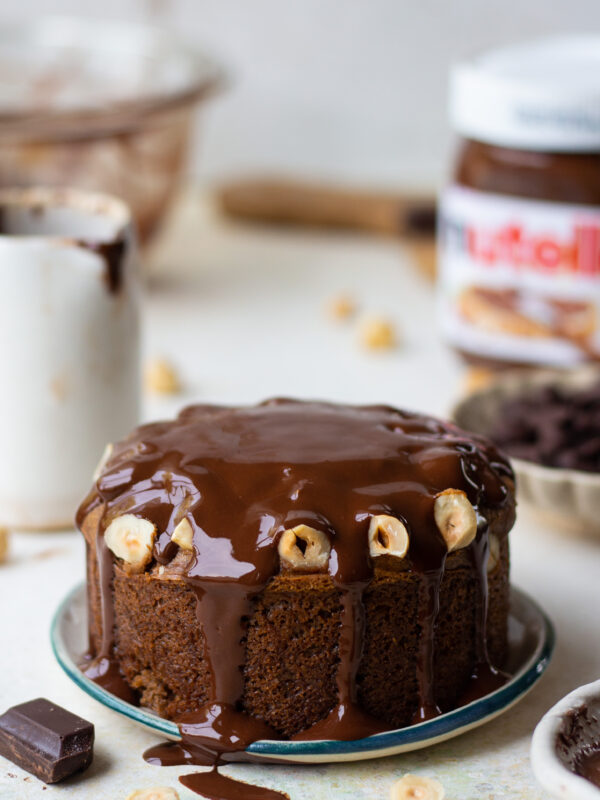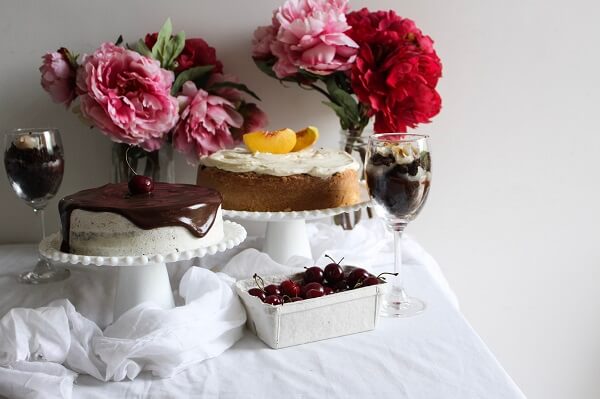There’s something so therapeutic about baking — but sometimes, you don’t want a full tray of brownies tempting you all day. Or maybe you’re testing a new recipe and don’t want to waste ingredients if it flops. Or maybe — and let’s be real — you just want one cupcake.
Welcome to the world of small batch baking.
But here’s the thing: cutting down recipes isn’t as simple as dividing everything by 2 or 4. Scaling down involves understanding the chemistry of baking, balancing ingredient ratios and tweaking techniques like pan sizes and bake time.
Let’s break it all down and make sure your next small batch bake turns out just right — fluffy, moist and delicious, no matter the quantity.
👩🍳 Why Small Batch Baking Isn’t Just “Divide and Bake”
Baking is science. When you mess with the measurements, you mess with the outcome. Small batch baking sounds easy — until you have to figure out how to use half an egg or measure ⅛ teaspoon of baking soda accurately.
Some common problems people face when scaling down recipes:
Cakes that come out dry or dense
Cookies that spread too much
Under- or over-baking
Confusion about what pan to use
But once you understand the rules and hacks, you’ll love the freedom that small batch baking gives you.

✂️ How to Scale Down a Recipe Like a Pro
1. Start With Reliable Recipes
Not every recipe scales well.
Start with simple bakes like:
Cookies 🍪
Muffins 🧁
Brownies 🍫
Loaf cakes 🍰
Stay away (at first!) from recipes that depend heavily on aeration — like sponge cakes, soufflés or anything with whipped egg whites.

2. Weigh Everything Whenever Possible
Cups vs grams:
1 cup flour could be 120g or 150g, depending on how you scoop.
But 60g is always 60g.
Baking in smaller quantities requires precision and using a digital scale helps you measure things like 17g of sugar or 30g of butter with total accuracy.
If you’re still using cups — this is your gentle nudge to invest in a weighing scale. It’ll change your baking life.

3. What to do with the Egg?
You can’t cut an egg in half or can you?
One large egg ≈ 50g
Yolks: ~20g
Whites: ~30g
To halve an egg:
Crack the egg, beat it lightly, and measure out 25g.
Choose based on the texture and flavor you want. Banana adds sweetness and chewiness; yogurt adds moisture and softness.

4. Baking Soda & Other Tiny Measurements
Have you ever tried measuring ⅛ teaspoon of baking powder?
Tricky, right? Here’s what helps:
Buy a set of mini measuring spoons that go down to 1/8 and 1/16 tsp.
Or convert grams:
1 tsp baking powder = 4g
So ¼ tsp = 1g
If you don’t have a digital scale that measures small weights, round up slightly rather than skipping the ingredient entirely — but never go overboard with baking soda or baking powder. Too much will ruin the taste.

5. Choose the Right Pan
This matters more than you think.
A big pan with a small amount of batter = flat, dry bake
A small pan that’s too full = overflow + uneven baking
Here’s a quick guide:
| Full Recipe Pan | Half Batch | Quarter Batch |
|---|---|---|
| 8″ round | 6″ round | 4″ ramekin or jumbo muffin |
| 9″x13″ | 8″x8″ | 6″x6″ or loaf tin |
| 12 muffins | 6 muffins | 3–4 cupcakes |

Still not sure? Just fill your pan no more than halfway to give the batter space to rise.
6. Adjust Bake Time
Small quantity = less time in the oven.
As a general rule:
Reduce baking time by 25–30% when cutting the recipe in half.
Keep an eye out at the halfway mark — smaller bakes can go from perfect to burnt in minutes!
But again, trust your eyes more than the clock:
Is the cake golden brown on top?
Does it spring back when you touch it?
Do cookies have set edges and soft centers?

7. Know When Not to Scale
Some recipes shouldn’t be scaled down, especially:
Delicate soufflés
Macarons
Anything with whipped egg whites or precise temperature reactions
If a recipe is built for a large yield and depends on volume and timing, it’s often better to find a separate small batch version rather than risk ruining the original.

📏 Small Batch Conversion Table (Save or Screenshot!)
| Original Amount | Halved | Quartered |
|---|---|---|
| 1 cup (240 ml) | ½ cup (120 ml) | ¼ cup (60 ml) |
| ¾ cup (180 ml) | 6 tbsp (90 ml) | 3 tbsp (45 ml) |
| ½ cup (120 ml) | ¼ cup (60 ml) | 2 tbsp (30 ml) |
| ⅓ cup (80 ml) | 2 tbsp + 2 tsp | 1 tbsp + 1 tsp |
| ¼ cup (60 ml) | 2 tbsp | 1 tbsp |
| 1 tbsp (15 ml) | 1½ tsp | ¾ tsp |
| 1 tsp (5 ml) | ½ tsp | ¼ tsp |
| 1 egg (50g) | 25g | 12–13g or substitute |
| 100g (any ingredient) | 50g | 25g |
💡 Bonus Tips to Nail Your Small Bakes
Always grease your pans well — small cakes are more likely to stick.
Keep the batter ratios the same — don’t just guess!
Don’t overmix just because the batch is small.
Let cakes and cookies cool completely before judging the texture. Small batches often seem too soft at first.

Small batch baking is perfect for experimenting, learning and treating yourself without overcommitting to a giant bake. Once you understand the science behind scaling, you’ll be able to tweak recipes like a pro — whether you want just two cookies or a single-serve chocolate cake.
Try halving or quartering your favorite recipe and tag me @shivesh17 on Instagram— I’d love to see your adorable mini-bakes!

 Hello. I'm Shivesh Bhatia, a food blogger and food stylist from Delhi, India. Welcome to Bake With Shivesh, where I'll help you create magic in your kitchens with my simple recipes.
Hello. I'm Shivesh Bhatia, a food blogger and food stylist from Delhi, India. Welcome to Bake With Shivesh, where I'll help you create magic in your kitchens with my simple recipes.
Leave a Reply